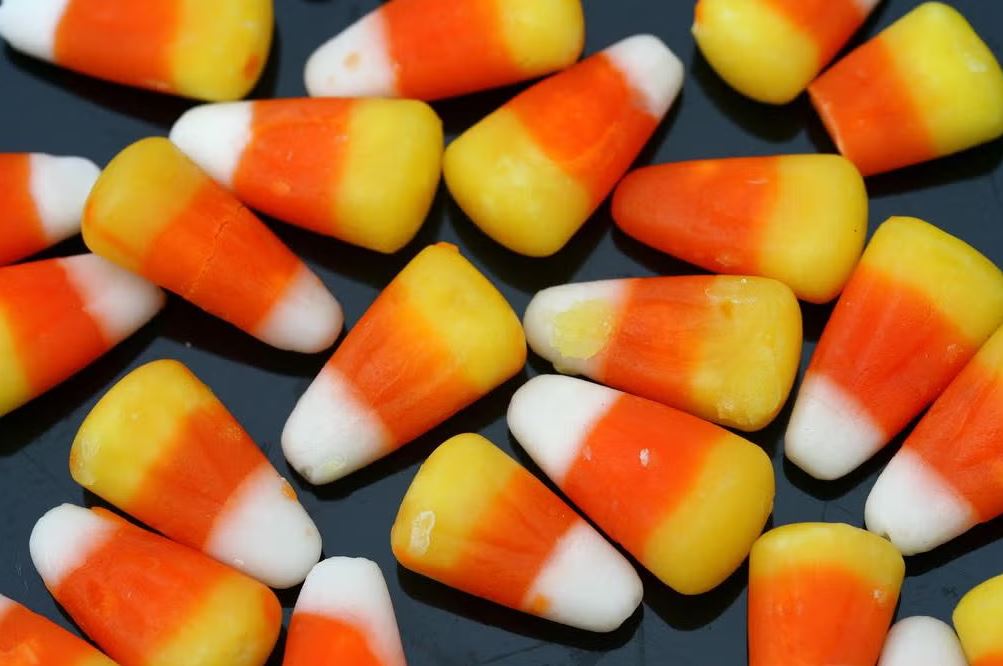Candy corn, a classic Halloween treat, is one of the most polarizing candies around. Year after year, it sparks a heated debate—either you love it, or you can’t stand it. For some, candy corn conjures up warm memories of fall festivities, while for others, it’s a sugary nightmare. This small, tri-colored candy has a huge reputation for dividing opinions, with some claiming it tastes like pure sugar and wax combined. But, Why Do People Hate Candy Corn?
Table of Contents
Why Do People Hate Candy Corn?
The debate surrounding candy corn usually boils down to its texture and taste. Some people adore its sugary sweetness, while others find it overwhelmingly artificial. The candy’s waxy, almost grainy texture also plays a huge role in turning people away. For many, biting into a piece of candy corn feels like chewing on a candle. This unique combination of texture and taste can either trigger nostalgia or utter disdain.
On one side, fans celebrate candy corn as a symbol of Halloween, closely tied to their childhood memories. It’s a festive treat that evokes feelings of celebration and joy, regardless of its simple flavor. For them, candy corn isn’t just a snack; it’s an essential part of the season, enjoyed alongside pumpkin carving and haunted houses. The colors alone—orange, yellow, and white—represent the fall season, making it hard for enthusiasts to separate Halloween from the presence of candy corn.
However, its critics have very different opinions. Detractors often describe candy corn as bland, overly sweet, and lacking any complexity. Instead of fond memories, they recall childhood disappointments when the treat failed to meet their expectations. Many dislike how it leaves a waxy residue in the mouth, which can be particularly off-putting. For them, candy corn represents everything wrong with overly processed, sugary snacks.
Why Do People Hate Candy Corn? – The Psychological and Cultural Factors
Candy corn’s polarizing nature isn’t just about taste and texture. Psychology and culture also play significant roles in why people either love or hate this Halloween staple. One theory is the mere exposure effect, which suggests that people tend to develop a preference for things they’re exposed to repeatedly. But when it comes to candy corn, this theory doesn’t always apply. Even with its annual resurgence every Halloween, many still despise it after multiple tries.
From a cultural standpoint, candy corn is deeply tied to American traditions. Its association with Halloween and fall festivities goes back more than a century. Invented in the 1880s, it was designed to mimic kernels of corn, making it particularly appealing to agricultural communities at the time. This nostalgic connection explains why some Americans continue to love it despite its simple taste and texture. For them, it’s not just candy—it’s a piece of history.
However, cultural significance can only go so far in masking the dislike many have for the treat. Psychologically, people’s opinions on candy corn often become amplified by social media. The internet is flooded with memes and heated debates each Halloween season, where people vent their strong opinions, both for and against the candy. In a way, candy corn becomes a battleground for self-expression and identity, especially in individualistic cultures where standing out is a virtue.
Ingredients: A Source of Controversy
One of the biggest points of contention around candy corn is its ingredient list. Unlike other candies that boast rich flavors or unique textures, candy corn is often criticized for its artificial and waxy components. At its core, candy corn is made up of sugar, corn syrup, and water, but what sets it apart—and often drives people away—are the additional ingredients that give it its distinctive texture.
One controversial ingredient is confectioner’s glaze, which is derived from the secretions of lac bugs. This insect-based coating gives candy corn its shiny exterior but can be a turnoff for those who avoid animal products or find the idea of insect-derived ingredients unappetizing. Additionally, gelatin, another key ingredient, is made from animal collagen, which further alienates people looking for plant-based treats.
The waxy texture, often a sticking point for critics, comes from beeswax. While this might not bother everyone, the mouthfeel is enough to make some people never touch candy corn again. For many, the combination of high sugar content and these less-than-appealing ingredients turns candy corn into a treat that’s more about tradition than taste.
